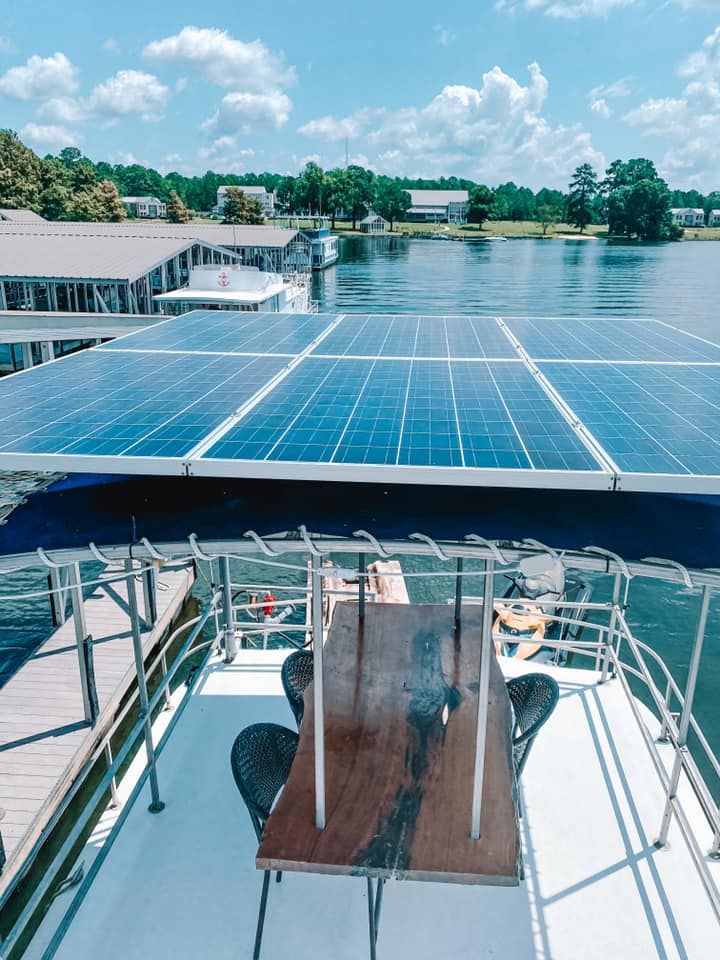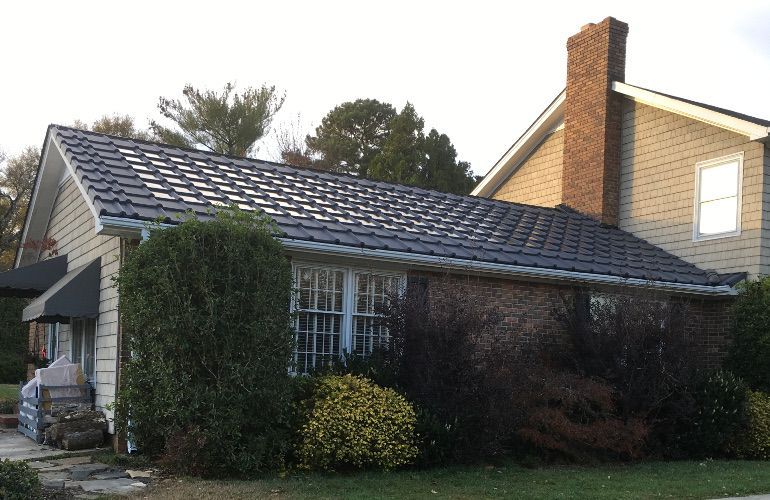Energy.Anytime.Anywhere.
Whatever you like to power up, electricity is your requirement #1!
AC or DC, we do both.
Battery power, Solar power, Wind turbine power and Generator power are your source?
We design, engineer and build AC/DC power for your place. Your house, boat, RV, workshop, remote device, just name it.
We work together with victron energy, #1 in ac/dc energy supply systems. It has a reason...when you need service, support or even a repair, I have to rely on a trustable party nowadays. Victron Energy is a trustable partner.
Yes, wooden boats do need power, at least to run your engine. Wooden cabin cruisers are often equipped with a gas/diesel generator to supply power towards the batteries, so a fridge, waterheater, cooking plate, lights, waterpumps, but in case of emergency bilge pumps can be run.
Today, you can replace the generator with a more modern version or you may use alternatives, like solar panels.
We love all boats, but on the water, enjoy the peace, freedom and quietness on the water is what we like.
So, do I need that noisy old generator, to power my fridge, lights and AC on our Constellation?
Our original hardtop on the Constellation, which remains, will be equipped with flexible solar panels. They will be not visible on the side, only from the air. These solar panels are used to charge the batteries for Stationary use (cabin) and the Electrical Propulsion part.
During engine use, a modern alternator/generator will charge the batteries during a ride.
When the Constellation stays in the Marina, power remains on, whether it is connected on-shore orcharged via the solar panels.
We monitor the entire boat energy system on an MFD or PC.
When we're off the boat, we monitor the boat on a smartphone or PC.
Oh yeah, we build Off-Grid Solar Energy Systems on land too.Just ask!
On land, most popular are our ground mount Solar Energy System or Solar Awnings.
Thanks Sunshine!






